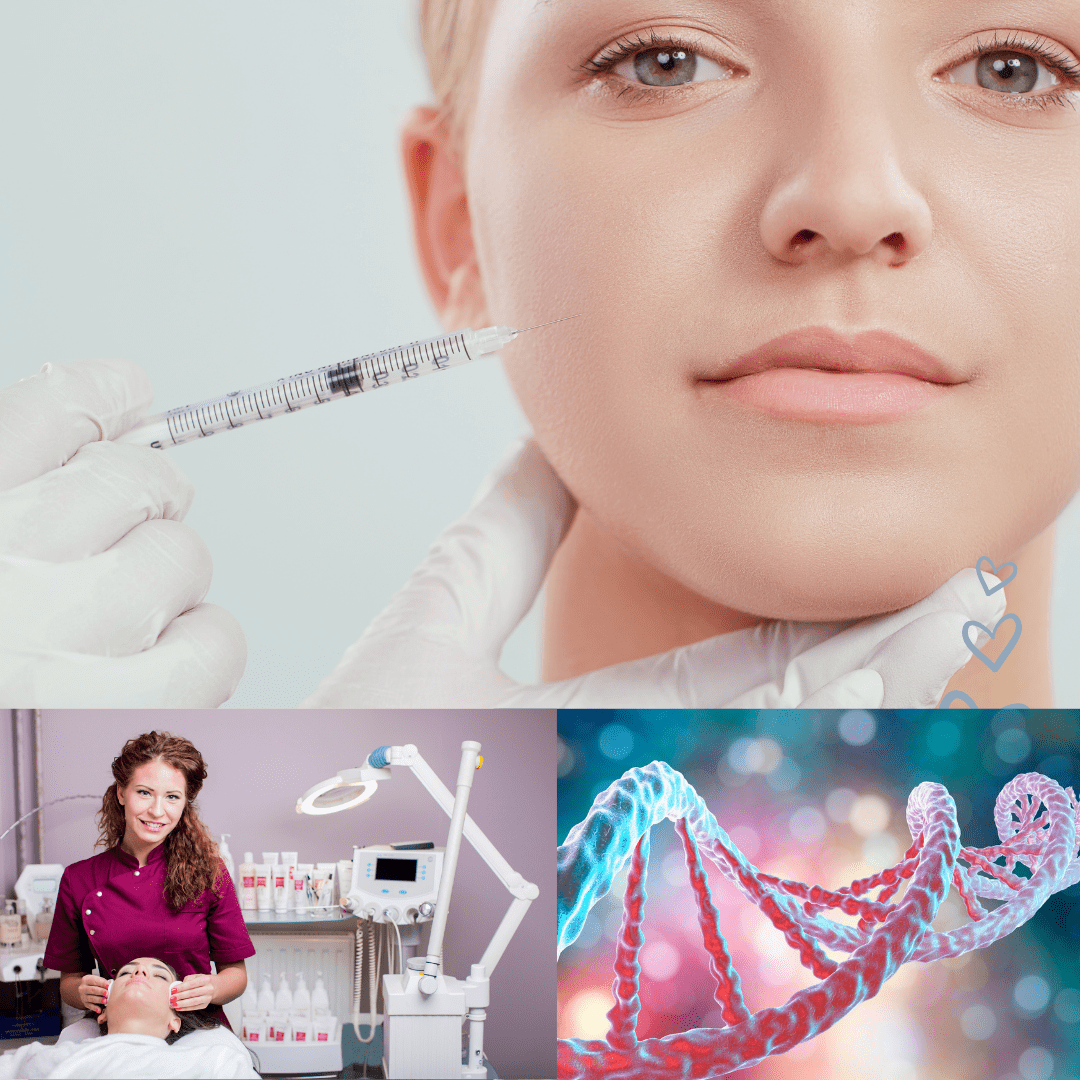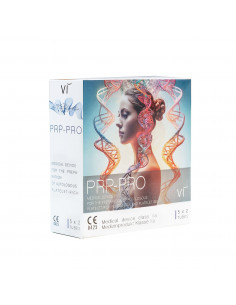
Related products
€35.50
A pack contains 2 PRP tubes. An advantage of PRP tubes is that it is an autologous treatment, in which the blood from which the platelets are obtained comes from the patient himself. This means there is a small risk of allergic reactions or rejection reactions.
PRP
PRP tubes | Vi PRP-PRO | with Anticoagulant PU 10 pieces
PRPMED Professional Cosmetic Treatments
100101
€129.19
The Vi PRP-Pro PRP tubes provide the fastest and most effective solution for the extraction and preparation of platelet-rich plasma (PRP) from patient blood – delivering outstanding results and maximum efficiency.
Optimal blood release through specialized anticoagulant
Minimizes clotting for precise results
High quality for reliable PRP treatments...







